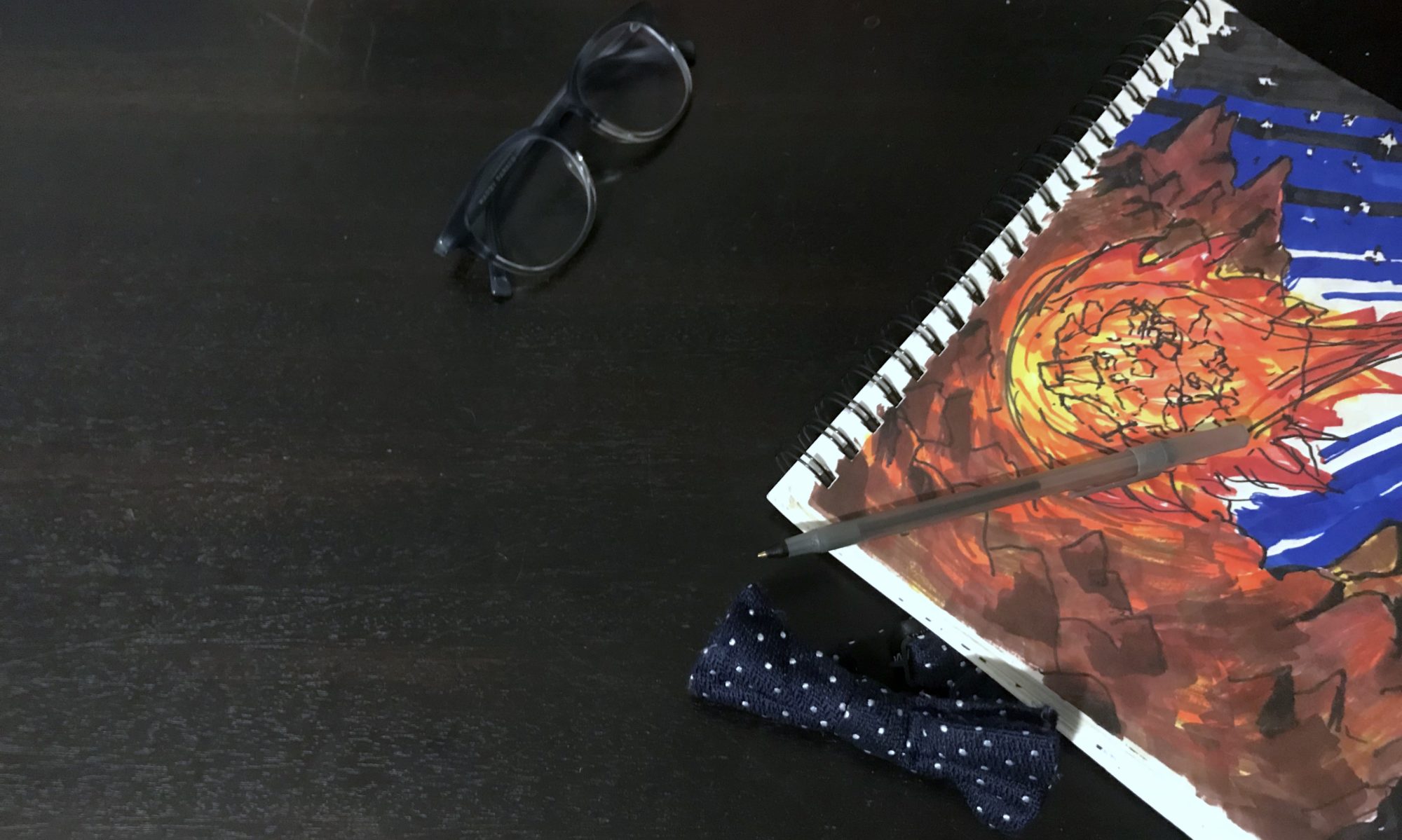The many different types of cancer are difficult to treat for a wide variety of reasons. They have different causes, evolve rapidly, and hide in different parts of the body. Despite their variety, all cancer cells are dangerous because they grow uncontrollably and multiply quickly. In the process, they can form tumors, sap up nutrients from their surroundings, and produce wastes that can kill other cells. They form veritable swamps of dangerous cellular waste and death that make them difficult to treat. These toxic cancer swamps can signal bad news for the cancer sufferer and can protect cancer cells from the immune system.

Getting trapped in the cancer swamp
Immune cells have ways of recognizing and killing cancer cells before they cause too many problems. However, immune cells have difficulty penetrating cancer swamps. Much like Atreyu’s horse in “The Neverending Story,” these cells get stuck in the swamps and cannot complete their quest. They fail to protect your body.
Indeed, even if they do manage to slog through the swamps, immune cells might not survive there long enough to kill cancer. In the swamps, immune cells have few nutrients to energize them and some of the substances produced by cancer cells directly harm them. Finally cancer cells can even produce molecules that specifically shut off immune cells.
More than creating toxic swamps, cancer cells can evolve to further remodel their local environments (their microenvironments in biologist jargon). For instance, tumor cells sometimes evolve the ability to attract blood vessels which deliver more nutrients to the tumor. Cancer cells can use these blood vessels to travel to new sites in the body, establish satellite swamps, and cause further harm.
Cleaning up the cancer swamp
Luckily, researchers are well aware of the swamps and other hazards surrounding cancer cells. They’ve already modified immune cells to make them better at fighting cancer and these “immunotherapies” have successfully treated certain blood cell cancers. To make immunotherapies more effective at fighting other types of cancer, researchers are actively looking for ways to clear out (dear I say “drain”) cancer swamps. We may not be stuck in the cancer swamp for long!


